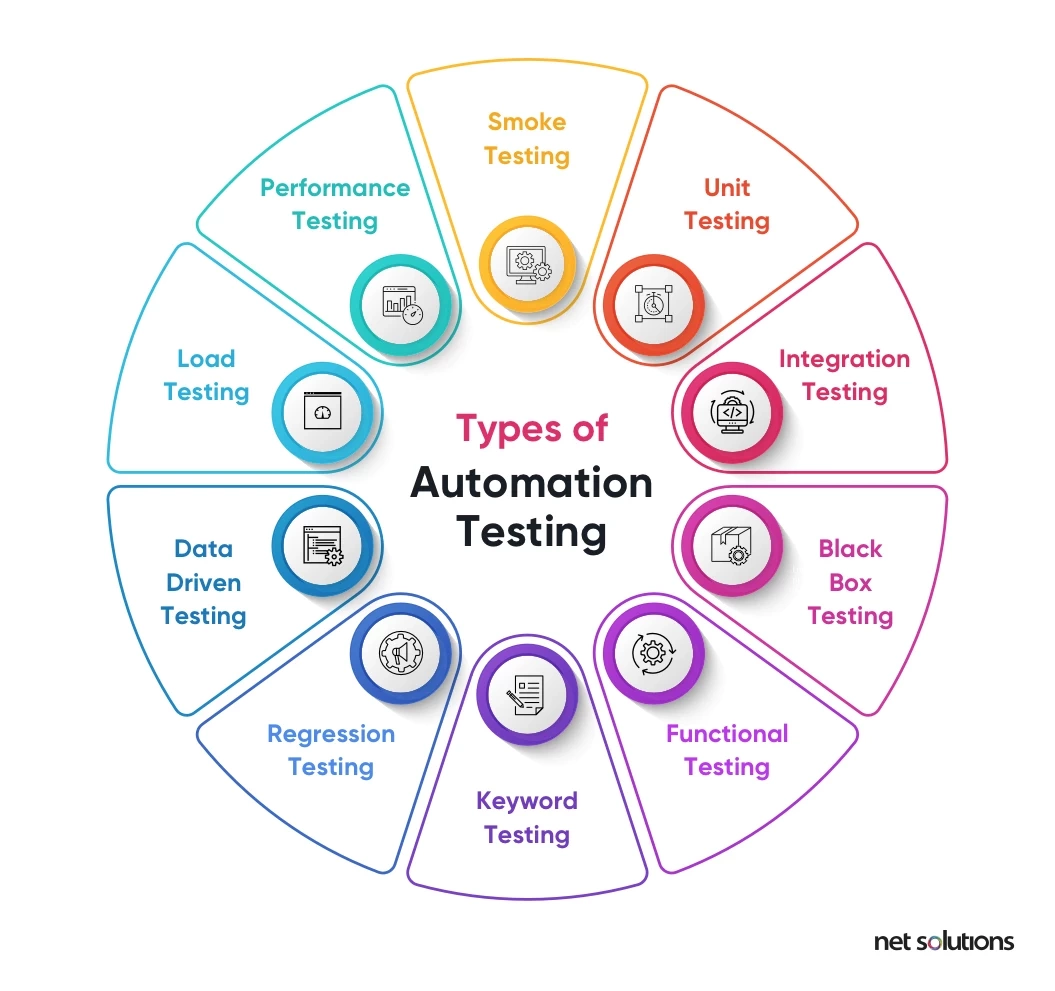The Best Guide to Implementing Automation Testing Successfully
The Best Guide to Implementing Automation Testing Successfully
Blog Article
From Manual to Automated Testing: A Comprehensive Overview to Transitioning Smoothly and Efficiently
In the world of software testing, the change from guidebook to automated processes has become a significantly important shift for organizations seeking to boost effectiveness and accuracy in their testing methods. The journey from manual to automated testing is not without its difficulties, yet when come close to purposefully and with a clear strategy in mind, the benefits can be considerable.
Advantages of Automated Examining
Automated screening offers many benefits, boosting performance and precision in software application development procedures. One primary advantage is the substantial reduction in testing time. Automated examinations can be run at the same time on several tools and operating systems, substantially quickening the testing stage contrasted to hand-operated testing. This increased efficiency enables faster comments on the high quality of the software program, making it possible for developers to recognize and address issues promptly.
Moreover, automated screening makes certain a greater level of accuracy in detecting issues. Because automated tests comply with predefined scripts, human mistake is decreased, leading to even more trusted examination outcomes. Consistency in testing is also enhanced, as automated examinations carry out the very same actions precisely each time they are run. This uniformity is essential in making sure that all performances of the software program are completely tested, decreasing the possibility of undiscovered pests sliding via to production.
Selecting the Right Tools

First of all, evaluate your needs and goals. Comprehend the scope of your job, the technologies entailed, and the skill collection of your team. This evaluation will assist you figure out the capabilities and features you call for in your screening tools.
Second of all, think about the compatibility of the tools with your existing systems and processes. Smooth assimilation with your present software development lifecycle is important to make certain a smooth change to automation.
Additionally, examine the scalability and adaptability of the devices. As your testing needs progress, the devices should have the ability to adapt and suit changes efficiently.
Last but not least, consider the assistance and community around the tools. Durable support and an energetic customer community can offer useful sources and assistance when implementing automated testing. By thoroughly considering these elements, you can choose the right tools that line up with your needs and set the stage for a successful change to automated testing.
Creating Reliable Examination Manuscripts

When crafting test scripts, it is essential to consider the particular demands of the software being examined and make sure that the scripts deal with all important performances. Clear and descriptive calling conventions for examination scripts and examination cases can improve readability and maintainability. Furthermore, including error handling devices within the test scripts can aid in determining and attending to concerns quickly.
Moreover, organizing test manuscripts into modular parts can boost reusability and scalability, lowering redundancy and improving effectiveness in test script maintenance. Routine evaluations and go to this site updates to check manuscripts are critical to maintain pace with progressing software requirements and performances. By complying with these concepts, testers can produce robust and effective examination manuscripts that contribute substantially to the success of automated testing procedures.
Integrating Automation Into Workflows
By seamlessly incorporating automated screening tools like Selenium content or Appium right into the software program development lifecycle, teams can attain faster responses on code changes, leading to quicker bug detection and resolution. This assimilation allows for continual testing throughout the advancement procedure, guaranteeing that any type of issues are identified early on, resulting in higher software application top quality. Correct combination of automation tools requires collaboration in between development, testing, and operations teams to establish a unified process that maximizes effectiveness and effectiveness in providing high-grade software products.
Ensuring a Smooth Change
Successfully transitioning to automated screening involves precise planning and mindful execution to make best use of and reduce interruptions efficiency in the software growth procedure - automation testing. To make certain a smooth shift, it is vital to begin by carrying out a detailed evaluation of the existing screening processes and identifying locations where automation can bring one of the most considerable benefits. Engaging with all stakeholders beforehand at the same time, consisting of programmers, testers, and task supervisors, is important for amassing support and buy-in for the automation initiative
Communication is crucial throughout this shift phase. Clear interaction of the objectives, advantages, and assumptions of automated screening helps to manage any kind of resistance or concerns that might occur. In addition, supplying sufficient training and sources for group members to upskill in automation devices and strategies is vital for guaranteeing an effective shift.

Verdict
In final thought, transitioning from guidebook to automated testing provides many advantages, including increased performance and reliability. By choosing the ideal devices, creating efficient examination scripts, and incorporating automation seamlessly into process, more tips here organizations can guarantee a smooth and successful transition. It is necessary to welcome automation as a beneficial asset in software testing processes to improve general quality and productivity.
In the world of software testing, the change from manual to automated procedures has actually come to be a progressively essential shift for companies seeking to boost effectiveness and precision in their screening methods. Automated examinations can be run simultaneously on numerous tools and operating systems, considerably speeding up the screening stage contrasted to hands-on testing. Uniformity in screening is also boosted, as automated examinations perform the exact same steps precisely each time they are run.To make certain the successful implementation of picked testing devices, the development of reliable test manuscripts plays a vital role in confirming the performance and performance of automated procedures - automation testing. By complying with these concepts, testers can develop robust and effective test manuscripts that contribute considerably to the success of automated screening processes
Report this page